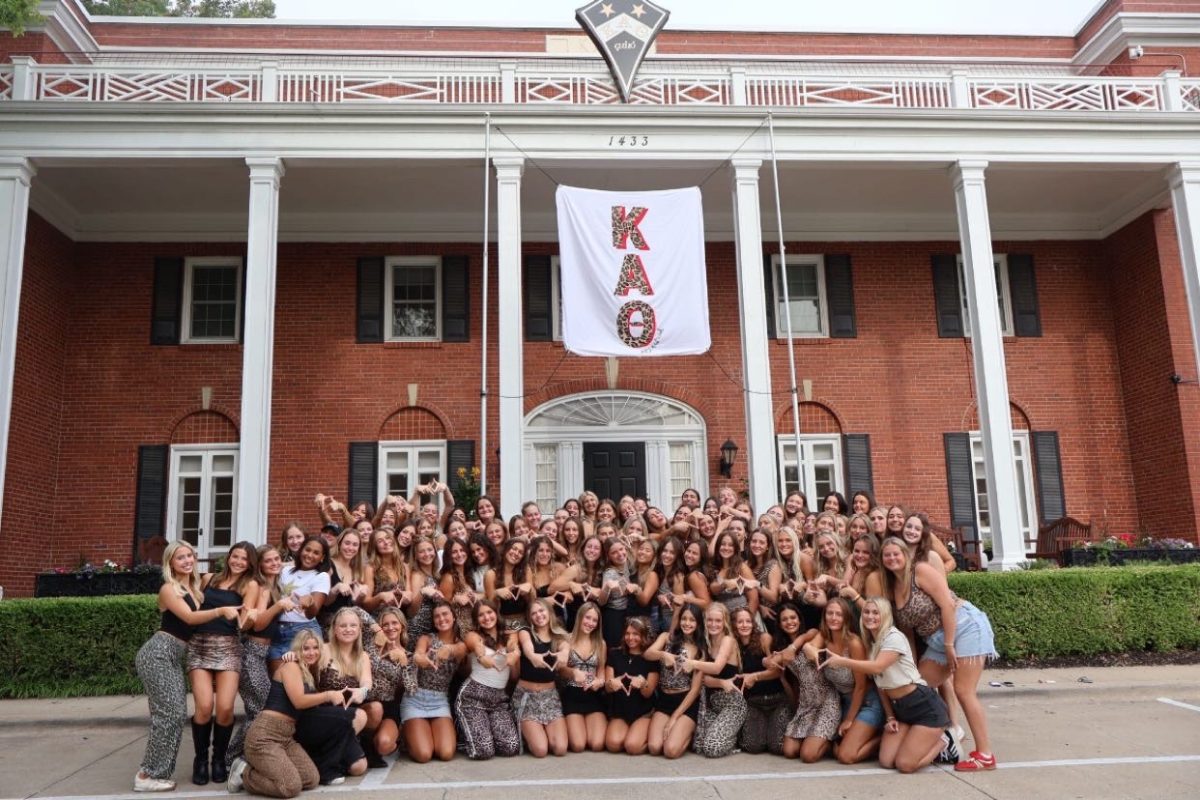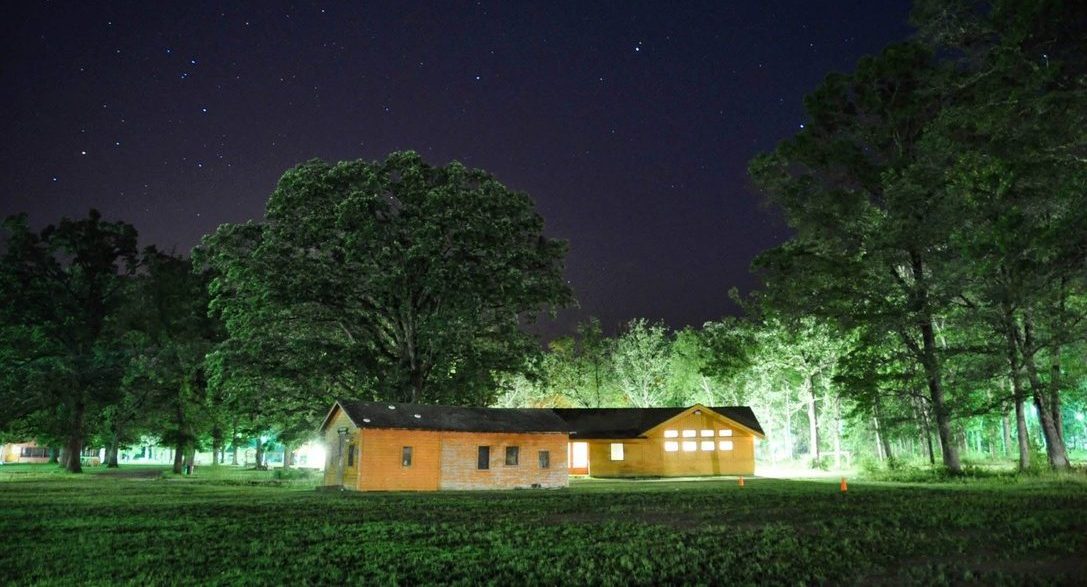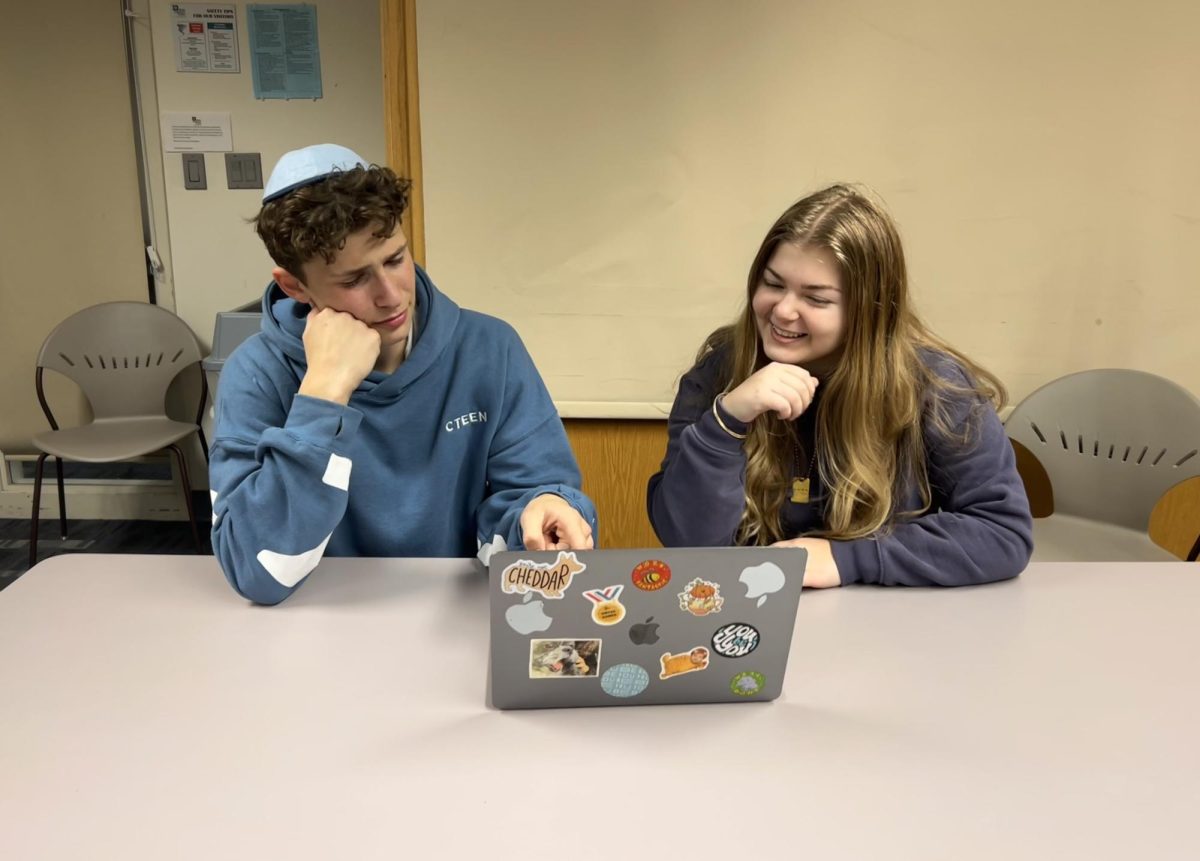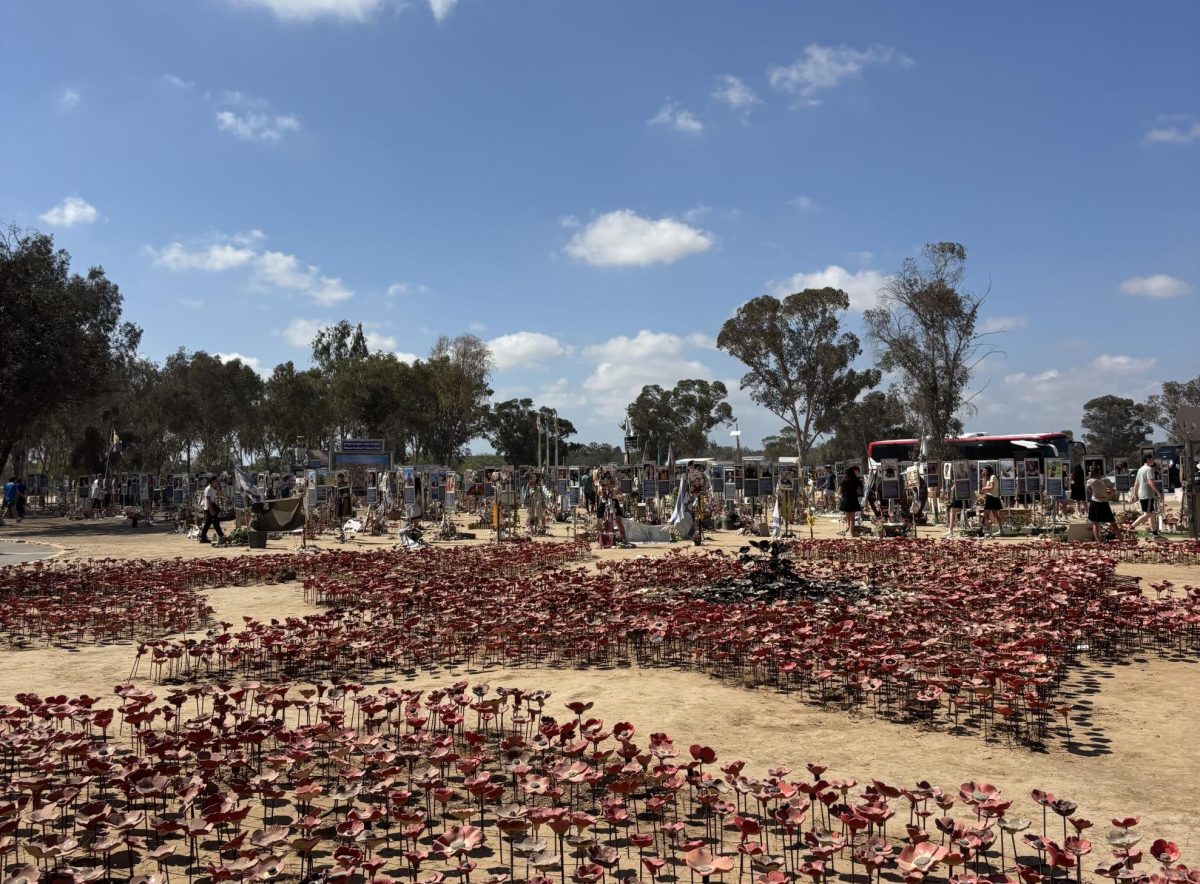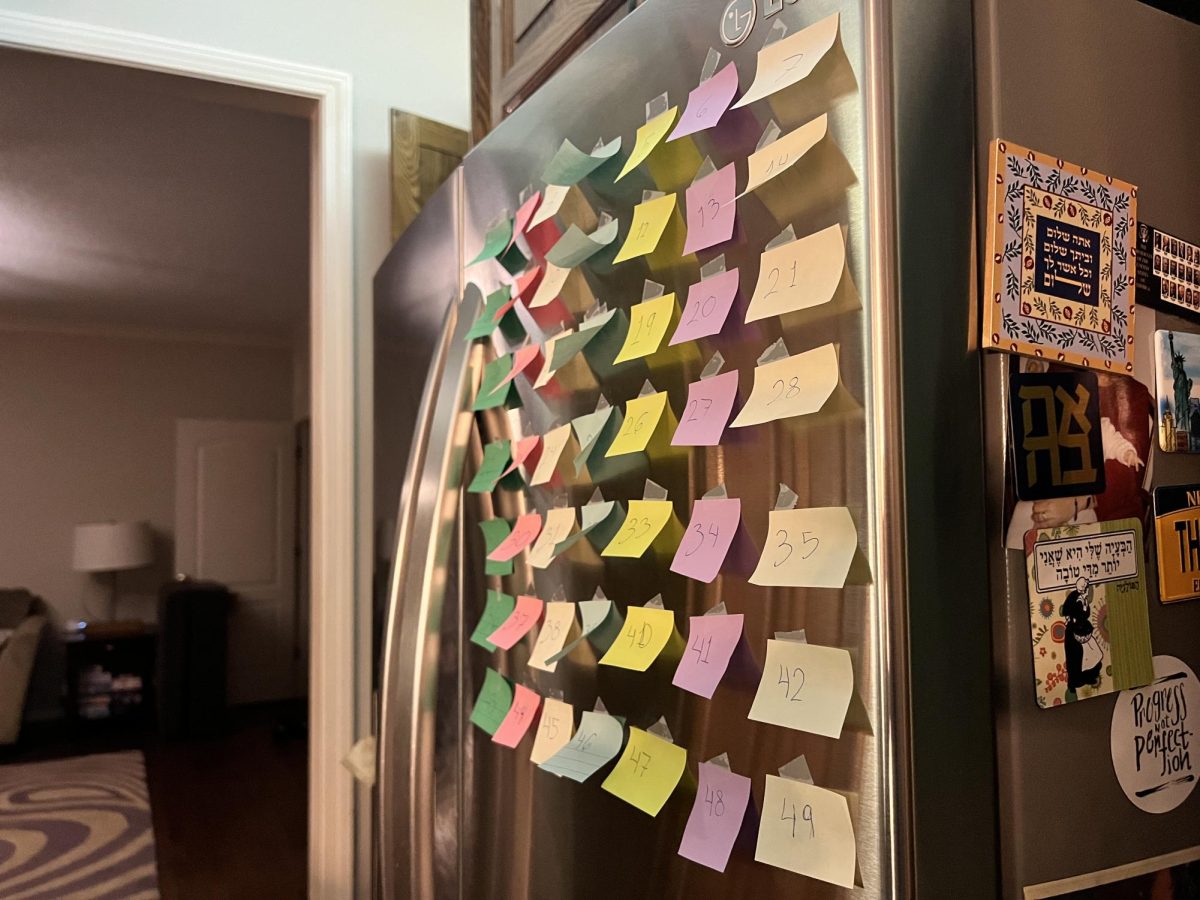Immigration has been a fundamental part of American history, forming our demographic and economic landscape into what it is today. However, U.S. immigration policies are constantly evolving due to changes in political goals, economic needs, and social attitudes. Even in rural and agricultural-based states like Kansas, immigration plays a critical role and has its fair share of effects from the national immigration policy.
Kansas is affected by national immigration policy and bureaucracy at all economic, social, and cultural levels. Approximately 9% of Kansas’s workforce consists of immigrants. The integration of immigrants helps maintain industries’ success in the state’s economy (USAFacts). According to the American Immigration Council, immigrants make up about 23% of all workers in the Kansas workforce, which is crucial to the state’s economy, contributing around $49 billion annually. Immigrant-led households in Kansas contributed approximately $1.4 billion in federal, state, and local taxes in 2018, and had a spending power of $4.3 billion.
Immigrant children in Kansas and students from diverse backgrounds provide multicultural perspectives. Despite challenges due to language barriers and differences in academic levels, the Kansas Migrant Education Program ensures that students won’t get penalized for academic differences, reduces educational disruptions, and provides equal quality of free public education. Socially, Kansas has seen increasing diversity in its big-city populations due to immigrants settling in the state and bringing their different cultures, traditions, and practices.
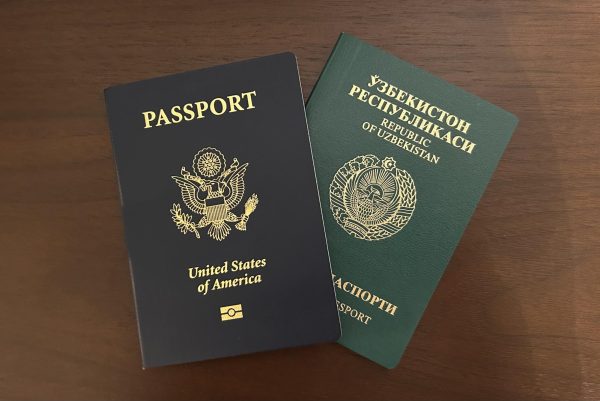
At HBHA, we have many students and staff members who are first or second-generation immigrants. As our Jewish community grows, it gives us, as Jewish people, the ability to learn more about the differences within the Jewish community and develop a sense of culture. Hearing from first-generation immigrants in Kansas offers valuable insights, enabling us to truly understand the impact of immigration.
Chris Hobbs, father of three HBHA students, experienced an intricate immigration process. Hobbs eased into American culture, often traveling to Kansas for business from the UK. Contributing to the statistics of working immigrants in Kansas, Hobbs worked as a software and electrical engineer in England for DST International; its main local headquarters (DST Systems) is in Kansas City.
His story is not unique. Economically, immigrants contribute to the state’s agriculture and alleviate labor shortages. Similar to other immigrants, Hobbs came to Kansas to fill in a shortage of specialized engineers in the state. National corporate jobs often lack workers, either in numbers or in qualifications, which promotes the need for immigration to satisfy labor deficits, according to Immigration Impact.
Hobbs was granted visas to stay in Kansas, however, in 2005, his request for a green card was declined. There is a prerequisite of having 6 full months on your visa in order to get your green card processed. Unfortunately for Hobbs, he hadn’t fulfilled 6 months at the time. He received an order from the Immigration Naturalization Service (INS) to leave the United States in a given period of time. Hobbs was given the conventional 60-day grace period, which resulted in Hobbs moving to Thailand for 2 years after the limited time.
Visas are regulated by certain limitations and distinctions. B-1 visas (business) are meant to supply the individual with a maximum of 10 years in the country, while B-2 visas (tourism) supply a maximum of 180 days (Boundless). A green card is a legal allowance to reside and work in the United States, often for 10 years at a time, however, when re-entering the country it must always be presented.
“The way the immigration works is once you’ve left the U.S. (for a certain amount of years) … it’s like you were never here, so everything gets reset,” Hobbs explained. Applying what was said above, visa holders who stay outside the U.S. for more than one year without obtaining a re-entry permit risk losing their permanent residency status entirely. According to the U.S. Citizenship and Immigration Services (USCIS), absence from America for an extended period may be seen as abandonment of residency, and the individual must start the process over, which the Hobbs family endured.
Passing the citizenship test is the deciding factor regarding whether you become a legal citizen or not. The citizenship process in the United States can take as long as 18 to 24 months. The test itself is, “the hard part,” says Hobbs. It’s based on American knowledge, ranging from American history and the government to English.
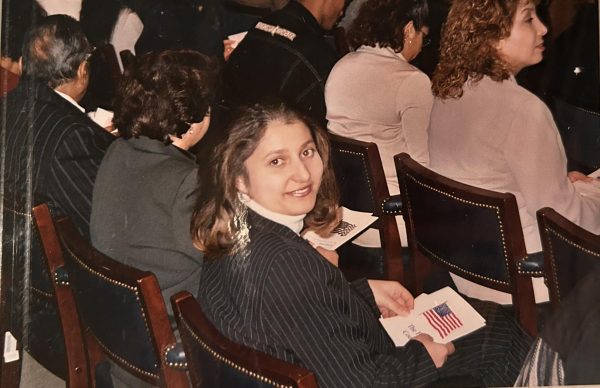
Through all the hard work and endless effort, the moment you take oath and become a legal citizen is similar to a sigh of relief. Hobbs can speak for most, if not all immigrants when he says, “You feel like you’ve earned it (the new beginning in America) when you get to the end (of the process).”
Dr. Reem, HBHA Head of Science Department, immigrated to the United States with his family from Israel. Reem claims the environment in Israel is solemn, constantly on edge, and stressful from dawn to dusk. He and his family came here seeking, “to live a normal life.”
Similar to Hobbs, it was a long and stressful process for Reem to rely solely on green cards and visas until he became a legal citizen of the United States. However, Reem talks highly about the support he and his family received through HBHA and the Jewish community in Kansas. “Part of the fact that why I love to be, or why I feel kind of at home at HBHA, is because I feel I’m more part of the community over here,” says Reem.
The local Jewish community has made assisting refugees and immigrants one of their many missions. The community created Jewish Vocational Service (JVS) to provide safety and various opportunities for immigrants to integrate into the Kansas City area. The organization collaborates with local Kansas businesses and government agencies to place immigrants in careers that match their skills, promoting long-term economic independence.

Immigration continues to be a significant factor in shaping Kansas, contributing to its economic and cultural growth, and social development. The experiences of individuals, like Hobbs and Reem, highlight the hardships and triumphs faced by immigrants in their pursuit of a new life in America. Through the support of legally assigned programs like the Kansas Migrant Education Program and local organizations such as Jewish Vocational Service, immigrants are able to integrate into local communities. Their journeys, while arduous, enrich Kansas, reinforcing the state as a place of opportunity and inclusion.


